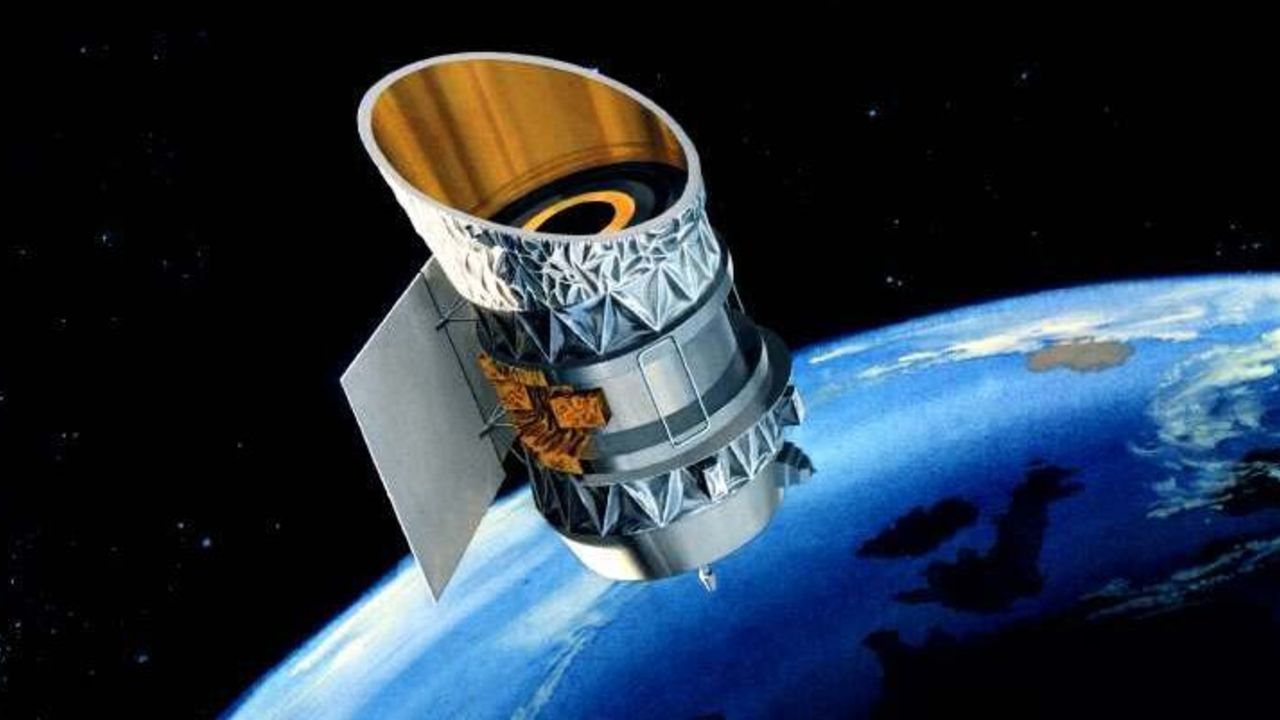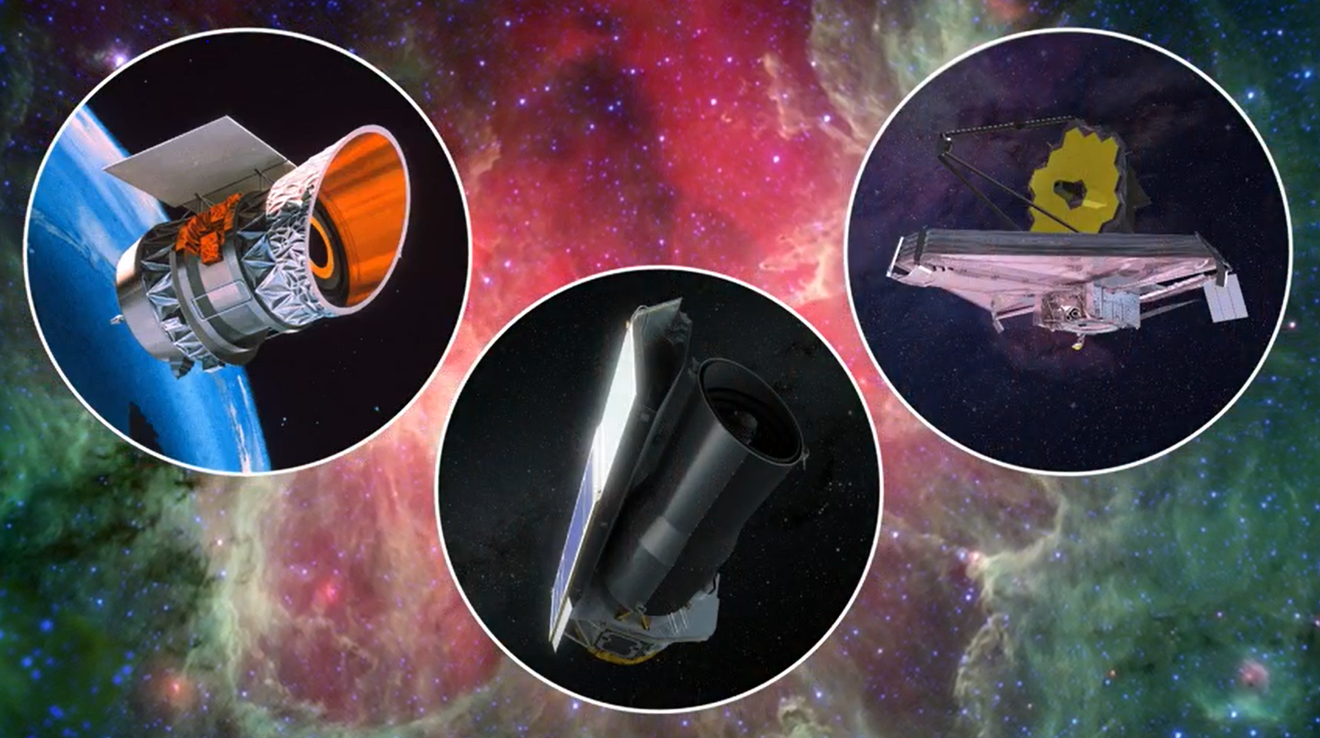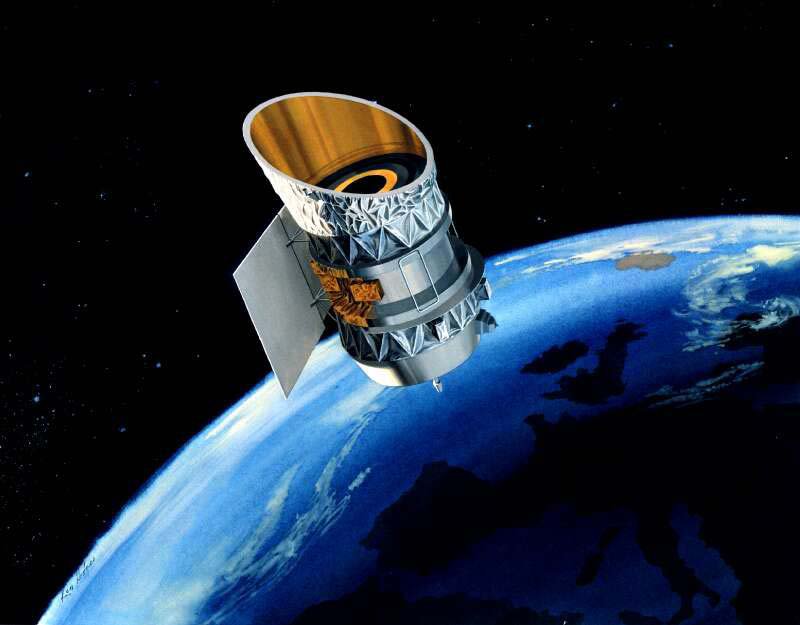
IRAS
Infrared Astronomical Satellite
Overview: For ten months in 1983, the Infrared Astronomical Satellite (IRAS), a joint project of the US, UK and the Netherlands, scanned more than 96 percent of the sky. The IRAS mission performed an unbiased, sensitive all sky survey at 12, 25, 60 and 100 µm. This path-breaking infrared satellite doubled the number of known astronomical sources and made numerous important scientific advances. IRAS discoveries included a disk of dust grains around the star Vega, six new comets, and very strong infrared emission from interacting galaxies as well as wisps of warm dust called infrared cirrus which could be found in almost every direction of space. IRAS also revealed for the first time the core of our galaxy, the Milky Way. Archival research with IRAS data continues nearly 20 years after this historic mission.
Founded in 1985 on the campus of the California Institute of Technology, IPAC was originally established to provide expertise and support for the processing and analysis of data from IRAS.
Currently, IRSA at IPAC holds the IRAS archive. Mission holdings are comprised of catalogs and images, together with specialized software tools and accompanying documentation.




